Mulch after planting vegetable with a light, natural mulch like straw, hay, or sugar. Tomatoes, peppers and pumpkins benefit from a mulch covering of compost after 2-3 months. Layer the mulch 2-3 inches thick around vegetable seedlings to keep soil moisture in, stop weeds and feed worms. Avoid mulching over vegetable seeds until they have grown their second set of leaves.
How to mulch after planting vegetables
When planting vegetable seeds or seedlings first dig through some extra compost and aged cow manure. Lay mulch around the base of the vegetables keeping it 1-2 inches away form the stem of the plant.
Lay mulch around vegetable seedlings once they have grown up to around 3-4 inches high or have their second set of leaves. This will avoid covering the seeds and blocking the sunlight which can stop them from growing.
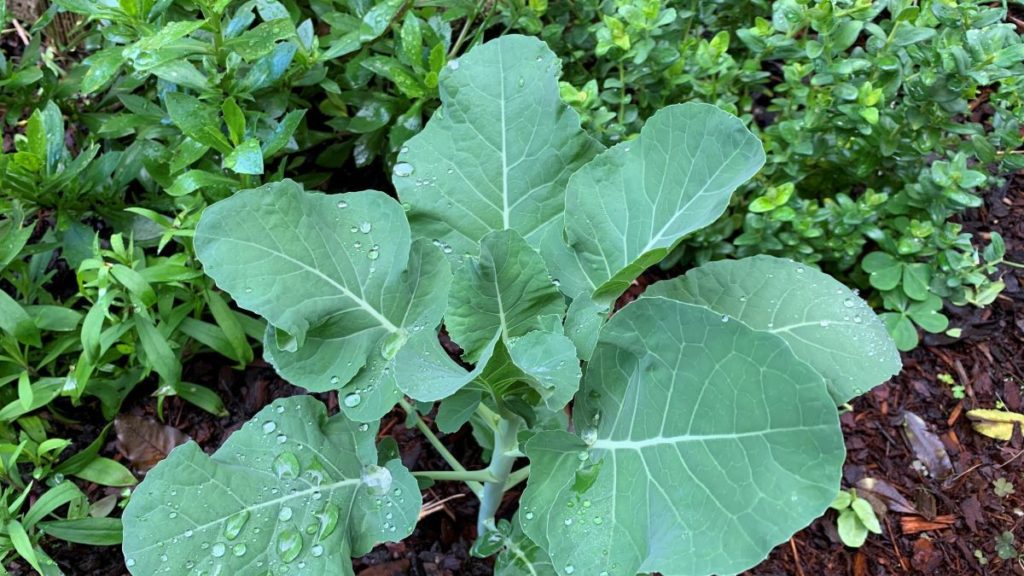
Heavy feeding vegetables like tomatoes and peppers benefit from improving the soil with nitrogen rich fertilizers like pelleted chicken manure. Digging this into the soil before adding mulch is much easier.
Avoid mixing mulch into the soil because it can draw nitrogen out of the soil as it is broken down by soil microbes. This can starve your vegetables of nitrogen slowing down their stem and leaf growth and turning their leaves yellow.
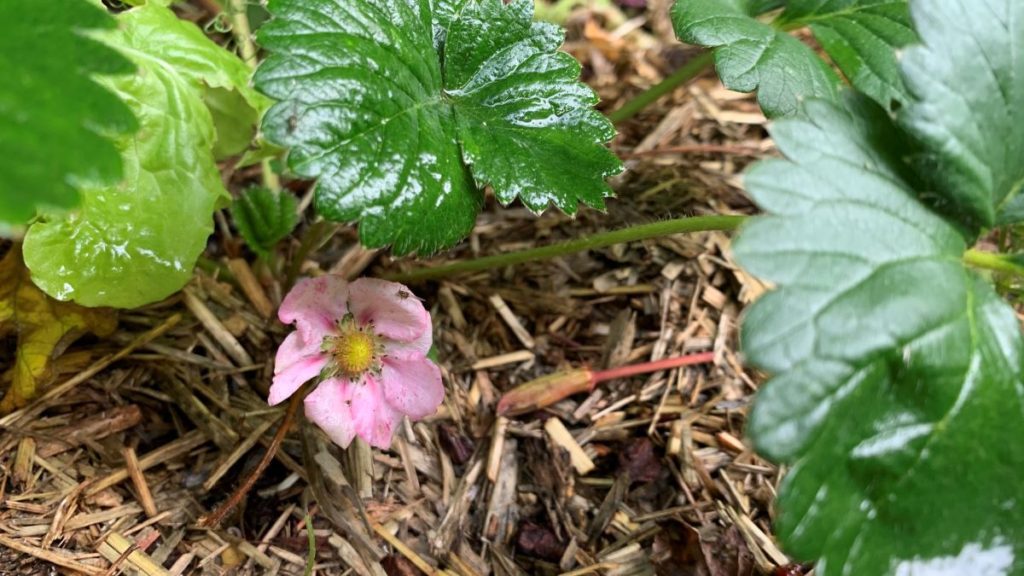
How mulch helps vegetables grow
Laying mulch after planting vegetables is important for 3 main reasons, moisture, weeds and organic matter. To keep soil moisture in, to keep weeds from growing and to improve the soil apply mulch to your vegetable seedlings straight after planting. Laying mulch on top of the soil adds extra organic matter for worms and soil bacteria to break down.
Worms aerate the soil and will release nitrogen from the mulch making it available for the plants.
Mulching after planting summer vegetables is important as the sun can quickly dry out the soil surface. Tomatoes have fine roots that grow close the soil surface which can quickly dry out. Adding mulch around the seedling will cut back the amount of water lost from the soil through evaporation.
Mulch can also stop soil from being washed away from the seedling. The mulch can absorb the excess rain water and slowly release it into the soil. It holds the soil in place and protects the plant roots.
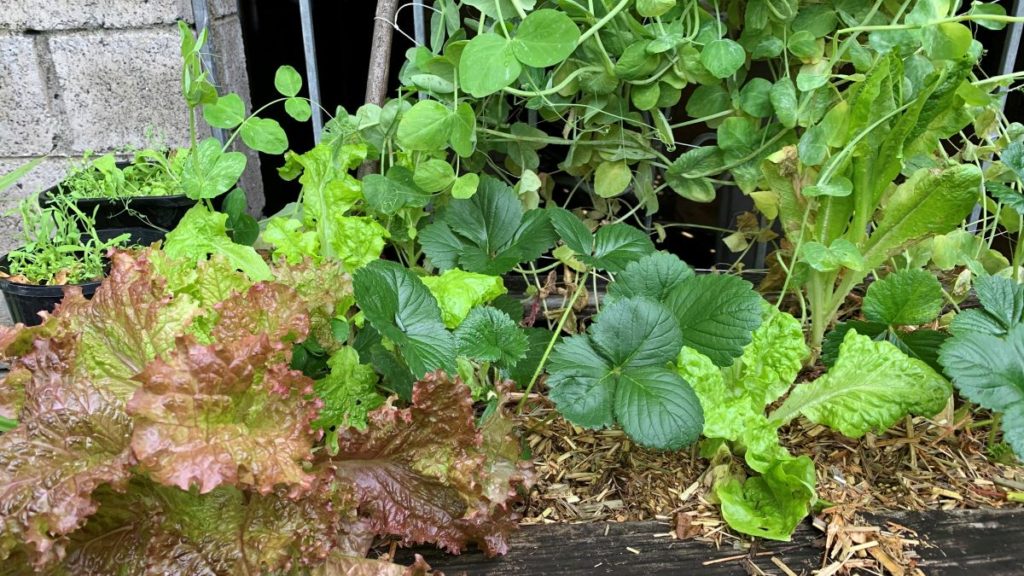
Mulch after planting vegetable seeds
It is important to keep mulch away from growing vegetable seeds. Seeds should be sown into soil and allowed to sprout and grow before adding mulch. Mulch can block the light and stop the seed from growing through the soil surface.
Once vegetable seeds have grown into seedlings and have their second set of leaves it is safe to mulch carefully around the plant. Use a straw or hay around these seedlings which will break down over a 3-4 month period.
Light mulches like straw and hay can then be dug into the soil after the annual vegetables have finished growing for the season preparing your soil for your new crops.
Seeds planted close together like lettuce or Asian greens may not need mulching. These plants can block out most of the weeds as they grow close together.
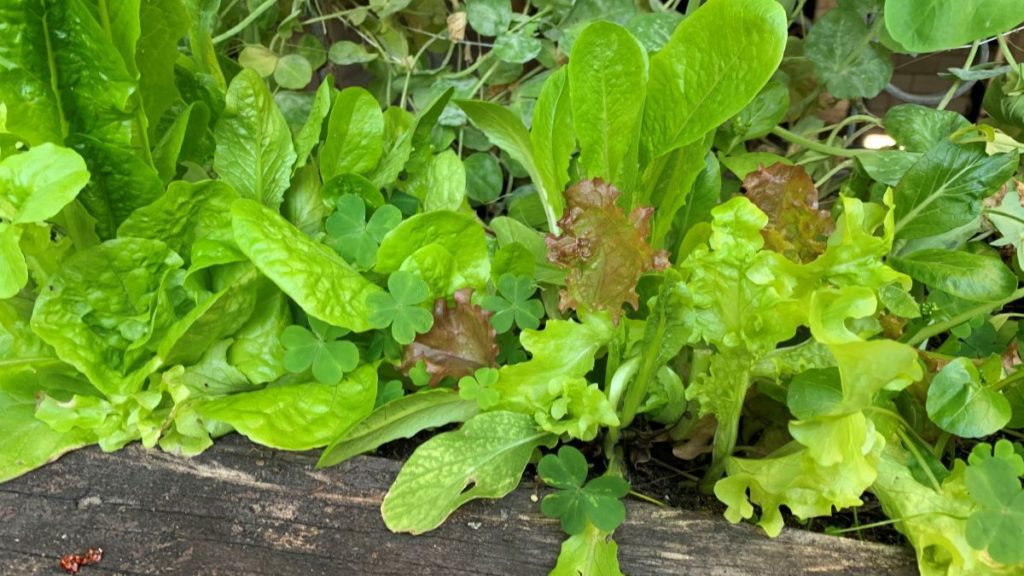
Best mulch for vegetables
The best mulch for vegetables is an organic, natural light mulch like straw, sugar cane, or hay. These mulch types break down quickly and add nutrients to the soil. They are perfect for annual vegetables which will grow for 3-6 months and be replaced.
At the end of your vegetables growing season, dig the straw mulch into the soil so it can fully break down. By this time it should look a dark brown color and be mostly broken down.
Once the mulch has been dug into the soil, it will finish breaking down quickly over the next 2-4 weeks mixing in with your soil and adding carbon and improving water storage.
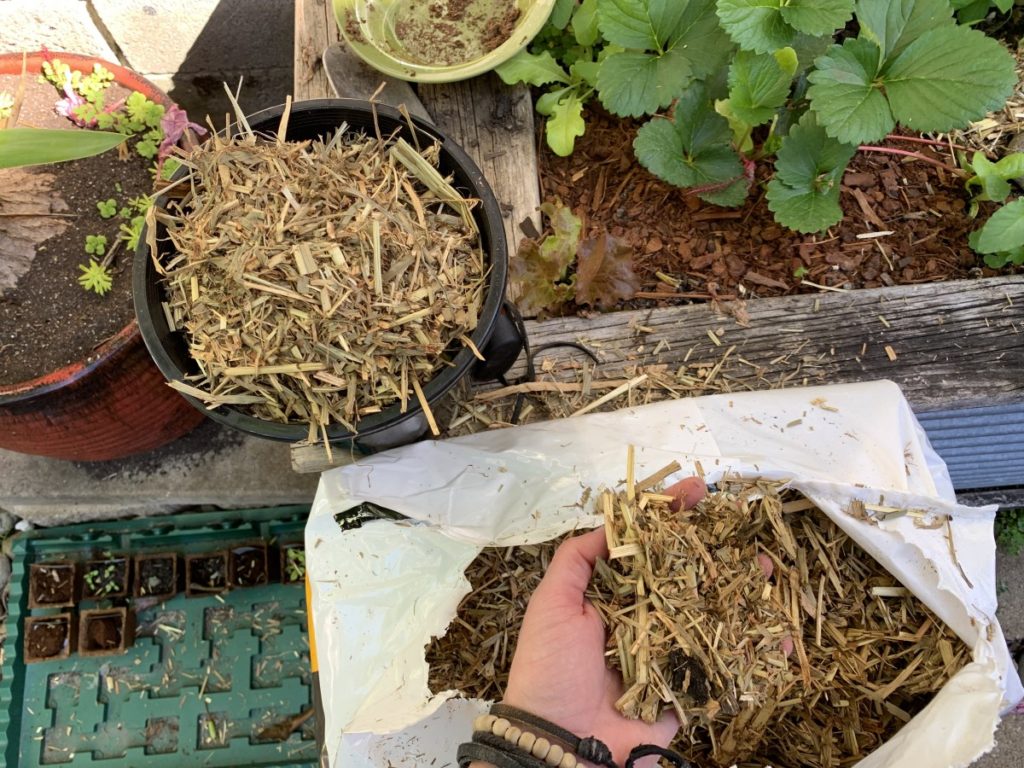
Mulch depth for vegetables
Put around 2-3 inches of mulch around vegetables. This will stop the weeds growing through while still letting the rain get through to your soil. The mulch layer will stop weeds and weed seeds from getting enough light to grow and will keep the moisture levels more consistent for your flowers.
Mulching around vegetables every year
Most vegetables will grow over a season either the warm months from spring to summer or from fall to the end of winter. After this 6 month period most vegetables like tomatoes, cucumbers, peas, beans and corn will be finished growing.
Vegetables that grow beyond one season like asparagus, rhubarb, kale and garlic will benefit from a top up of mulch after around 6 months. Do not remove old mulch, instead top it up to 3 inches with more straw or sugar cane mulch.

How often to change mulch around vegetables
You do not need to change mulch around vegetables, instead top up the mulch level to keep it at 2-3 inches to stop weeds growing. This depth will also allow rain to reach the soil quickly and to water your vegetables.
Longer growing vegetables like broccoli, cabbage, and brussel sprouts will also need a mulch top up as they grow. I have also used bark mulch around my broccoli as I have planted them into a flower bed with annuals. They have grown well with bark mulch which lasts longer than straw or hay.
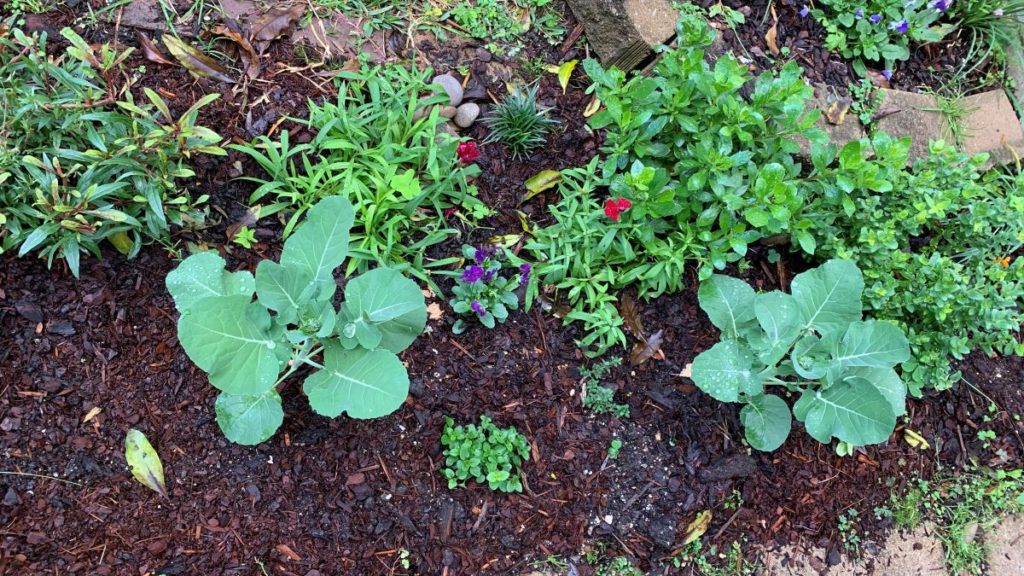
Mulch before or after planting vegetables – Summary
Mulching after planting vegetables is the easiest way to avoid mixing mulch into the soil which can steal nitrogen from your plants. This can slow vegetable growth and can ruin your crops. If you already have good, fresh mulch on top of your vegetable garden just rake it back to plant your seedlings.
Happy mulching.
I am an accredited practicing dietitian, experienced gardener and a dedicated cook. I love writing and sharing my experience so you can learn from my successes and mistakes.

Comments are closed.